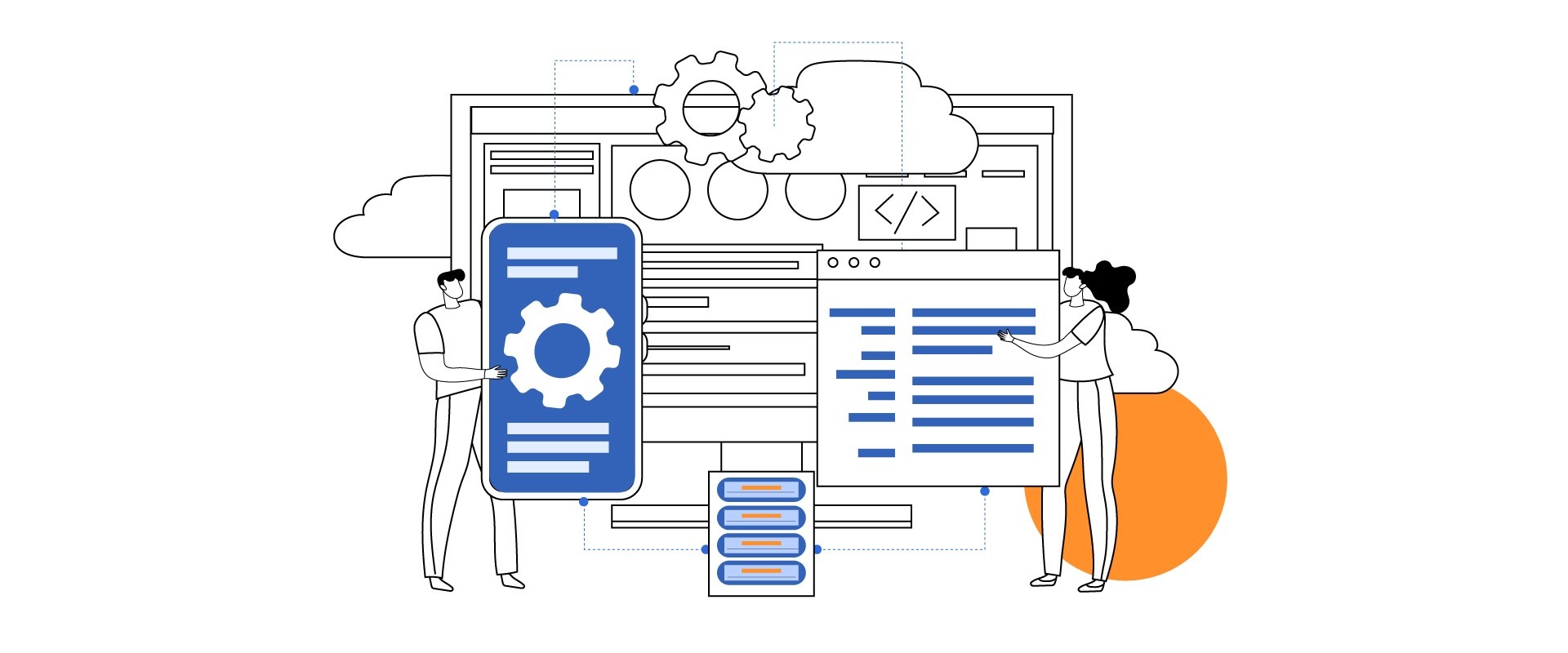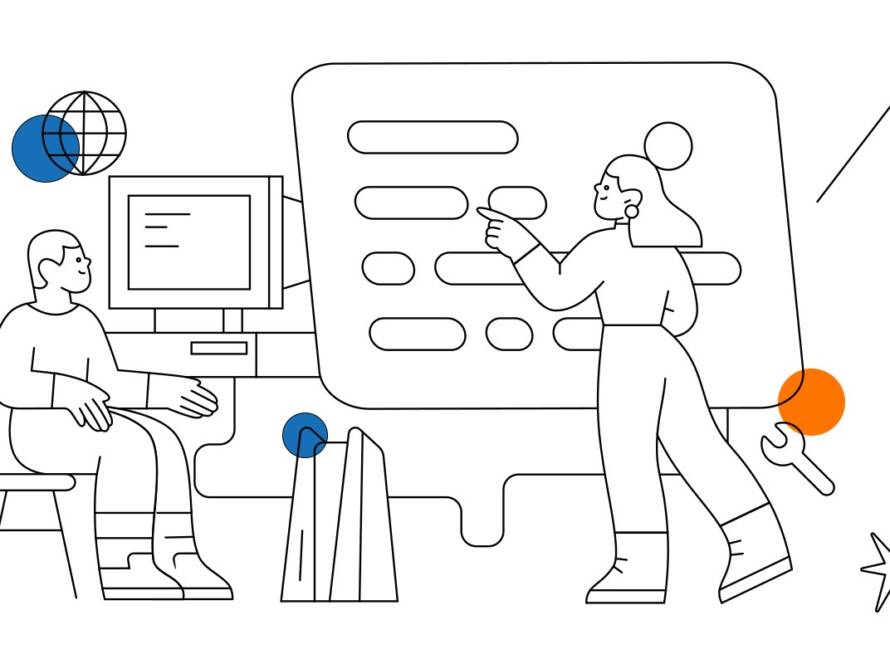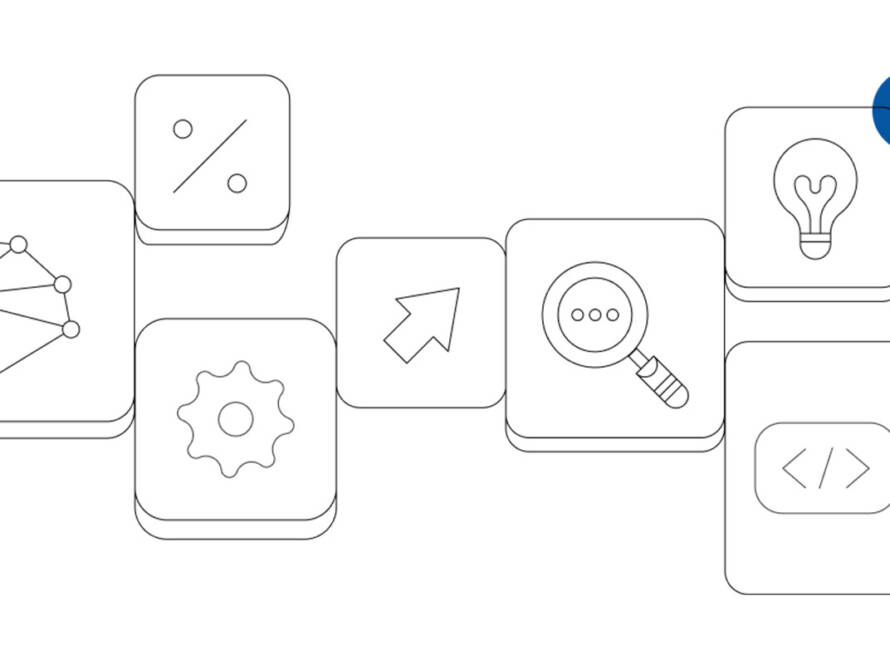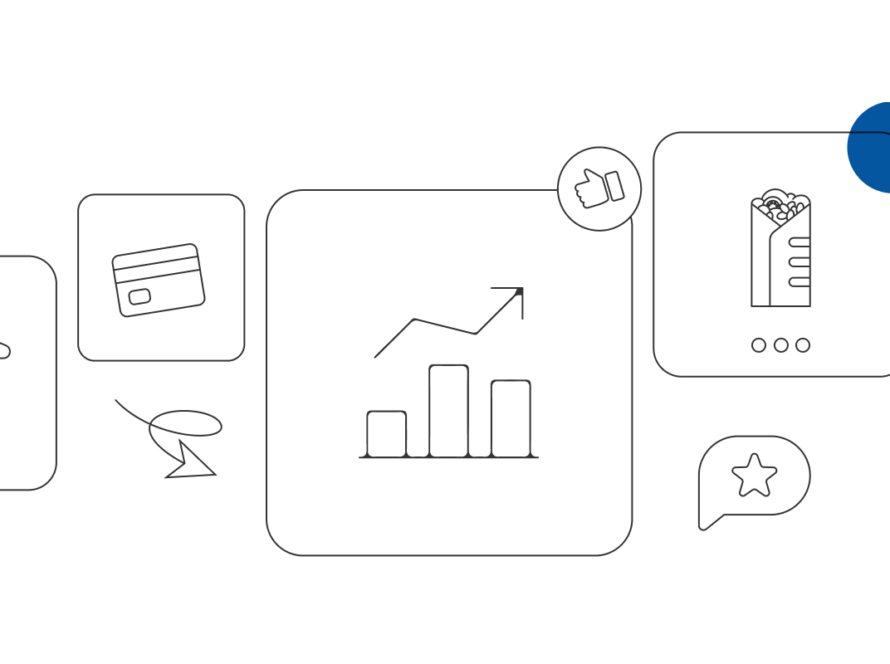Artificial Intelligence has revolutionized many industries, which wouldn’t have been possible without the development process itself becoming easier, centralized, and more straightforward for AI developers using advanced tools. These tools provide flexible and accessible solutions to AI enthusiasts and developers worldwide. With increasing access to modern algorithms, libraries, and frameworks, these trending AI tools have emerged as a key component of AI development.
These tools encourage fast and easy problem-solving within the AI community. This accelerates AI advancements and promotes innovation as well as opens the door for breakthroughs. This article discusses the Best Trending Tools currently available to Leverage AI, which empowers developers worldwide with limitless possibilities, including TensorFlow, powering 85% of AI projects and H2O.ai driving remarkable ML growth.
Open Source AI Tools and Libraries
1. TensorFlow
TensorFlow is a machine learning framework developed by Google. Its ease of use and scalability make it an attractive choice for creating complex neural networks and deep-learning models.
Advantages
- TensorFlow can run on multiple platforms, including CPUs, GPUs, TPUs (Tensor Processing Units), and mobile devices, providing flexibility in hardware utilization.
- Since there is a sizable and active user base for TensorFlow, it is possible to access various information, tutorials, and solutions the community provides.
- TensorFlow offers data preprocessing capabilities and built-in data pipelines (tf. data) that help streamline data input and transformation for training.
Usage
TensorFlow can be used for image and speech recognition, natural language processing, and other machine-learning tasks.
Pricing
TensorFlow is free and open-source.
Developer Community
TensorFlow has a large and vibrant community of developers with extensive documentation, tutorials, and forums for support.
“As the vibrant AI community collaborates and contributes to these tools, we witness the rise of a transformative era in technology, where innovation knows no bounds.”
2. Amazon Web Services (AWS):
When industry giants like Netflix, Adobe, Twitter, Facebook, and BBC are using something, you know it packs a punch. With clients and customers in over 190 countries worldwide, Amazon Web Services really needs no introduction.
AWS provides a wide range of cloud services and ML products so users can create as many applications, websites, databases, storage options, and more without having to rely on or spend on any excessive physical hardware or data centers.
On a developer’s end, AWS’ powerful ML tools and products allow them to build, train, and deploy ML models for almost any use case out there.
- Computing power, storage, databases, analytics, machine learning, and other services are all available through AWS. Users can select the ideal tools for their unique needs because of this versatility.
- These tools include powerful services for ML developers including:
- Amazon SageMaker, which enables developers and data scientists to build, train, and deploy machine learning algorithms quickly and efficiently.
- Amazon Textract, which can extract data and text from scanned documents.
- AWS even offers app and web developers to use the same ML algorithm Amazon uses to make real-time personalized recommendations through Amazon Personalize.
- Of course, this isn’t an exhaustive list, but it suffices to say that it is easy to see why AWS is one of the most famous cloud computing options in the world, given the capabilities and solutions it offers for developers and data scientists.
- The availability of AWS’s data centers across the globe allows users to deploy applications close to their intended users, reducing delay and enhancing user experience.
- By distributing material across a network of international servers, Amazon CloudFront, AWS’s content delivery network (CDN), speeds up content delivery and enhances user experience.
Usage
AWS AI services can be used for tasks like speech recognition, language translation, recommendation systems, etc.
Pricing
AWS AI services have a pay-as-you-go pricing model, with free tiers available for some services. Here are some of the AI services that offer free tiers: Amazon Polly, Amazon Transcribe, Amazon Comprehend, Amazon Rekognition, Amazon Translate, etc.
Developer Community
AWS has a large user base and provides extensive documentation, tutorials, and a support system.
3. OpenCV (Open Source Computer Vision Library):
The flexible and popular OpenCV computer vision framework supports real-time image and video processing. It provides a comprehensive set of features for various vision applications, including object detection and facial identification.
Advantages
- For various computer vision tasks, OpenCV offers a complete collection of algorithms and routines, removing the need to create these functionalities from scratch.
- It is open-source, making it freely available for developers, researchers, and enthusiasts, making it accessible to a broad community.
- Many tutorials, instructions, and code samples are available online for learning and troubleshooting because of the robust and active user community of OpenCV.
Usage
OpenCV can be used for tasks such as object detection, image segmentation, facial recognition, and image manipulation.
Pricing
OpenCV is free and open-source.
Developer Community
OpenCV has an active community that contributes to its development, provides support, and shares resources.
4. PyTorch
PyTorch, a dynamic library of neural networks, excels at building and training models for deep learning. Its flexibility allows rapid experimentation and prototyping.
Advantages
- PyTorch is an open-source machine learning framework known for its dynamic computational graph, making it flexible and suitable for research and development.
- Imperative programming, which PyTorch uses, executes actions as they are called. Particularly for individuals new to deep learning, this method makes the code more understandable and accessible.
- With PyTorch, users can design unique layers, loss functions, and optimization procedures, offering developers the opportunity to create models that are customized to their unique needs.
Usage
PyTorch is used for building and training machine learning models, particularly in fields like computer vision, natural language processing, and deep learning.
Pricing
PyTorch is free and open-source.
Developer Community
PyTorch has a strong community of researchers and developers, offering forums, tutorials, and resources for assistance.

5. OpenAI:
OpenAI provides a variety of potent AI models and tools that may be applied to several tasks, such as text production, language translation, and more. The applications for OpenAI’s tools are fairly varied, especially for its GPT (Generative Pre-trained Transformer) models.
Advantages:
- For tasks like text production, language translation, and other natural language processing tasks, OpenAI offers a variety of potent AI models and tools. It is renowned for its advanced language models.
- While Open AI is known for its text models, it provides a range of other solutions for developers to accelerate their processes. This includes assistance with image generation within your platforms, speech to text generation models, and many more.
- The prototyping stage of AI projects can be accelerated by using OpenAI’s models. To improve project concepts, developers can produce test cases, examples, and basic material quickly.
- Open AI’s models can be used in countless ways. According Open AI itself, just some of their text generation model’s applications include:
- Analyzing text
- Creating conversational agents
- Answer questions about a knowledge base (which can be implemented to make your own knowledge base more accessible to app and web users!)
- And to translate languages
- A collaborative environment is fostered by the vibrant community of developers, researchers, and enthusiasts that comprise OpenAI. They participate in conversations, share their thoughts, and work together on projects.
Usage
OpenAI’s GPT Generative Pre-trained Transformer models can be used for content generation, chatbots, language understanding, research and data analysis, and creative writing.
Some examples of this include adding chatbots powered by Open AI’s GPT models in your app and website. Chatbots are a great way to solve most common customer support issues, freeing up your customer support team’s time for more complex issues that require human assistance.
Open AI’s models can also be used in any number of ways to assist developers, including turning natural language into SQL queries, creating single page websites, creating a python function from specifications, and explaining a complicated bit of code.
Pricing
OpenAI offers free access to some models but also has subscription-based plans and usage-based pricing for more advanced features. It introduced a subscription plan called “ChatGPT Plus,” which offers enhanced access to its GPT models.
Subscribers pay a monthly fee for benefits like general access even during peak times, faster response times, and priority access to new features and improvements. Artificial Intelligence APIs usage typically involves usage-based pricing. This means you pay for the number of API calls to their models. Depending on the model and the usage level, the pricing can vary.
Developer Community
OpenAI has an active developer community with forums, documentation, and resources to support users.
End Thoughts

AI tools like these are essential for developing AI technology because they give developers flexible and affordable development options. The thriving developer community for many tools on this list encourages teamwork, creativity, and knowledge sharing, advancing the field of artificial intelligence.
In today’s environment, where developments in the field of artificial intelligence are happening at breakneck speed, it is essential for developers and data scientists to stay engaged and active in the process and to keep updating their skills and knowledge to develop as the industry itself does.The assistance offered by some of these tools to simplify AI development for industry stakeholders only makes it easier for them to do so.




